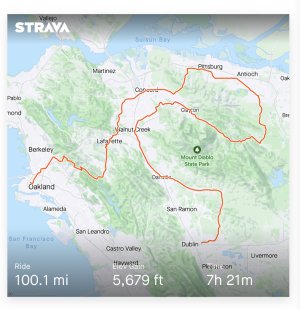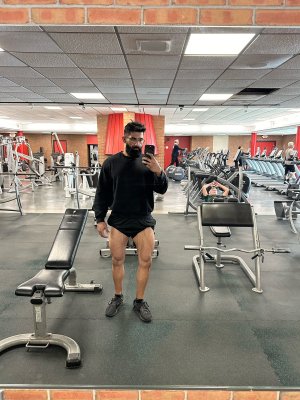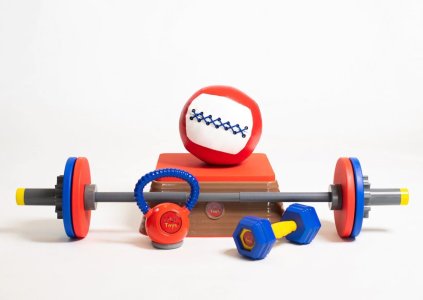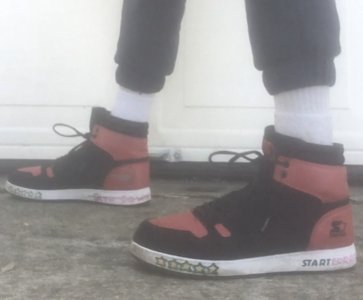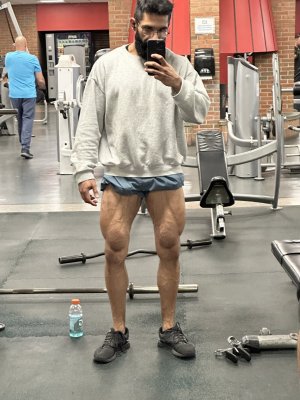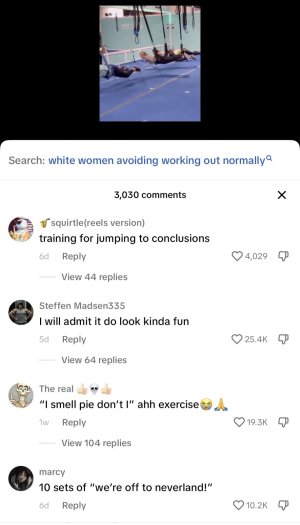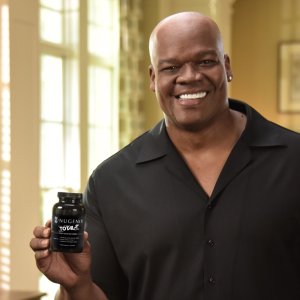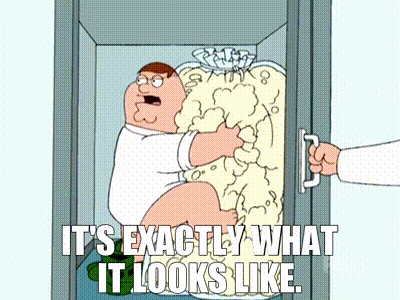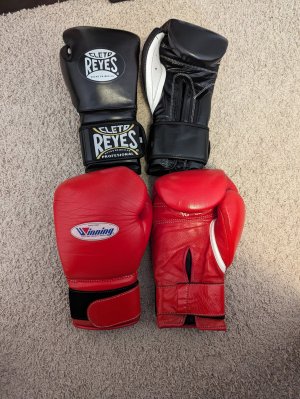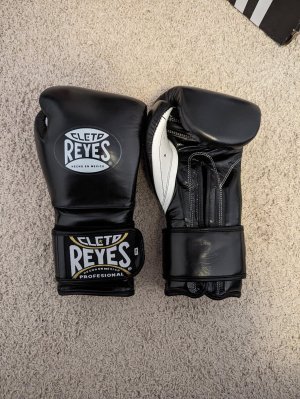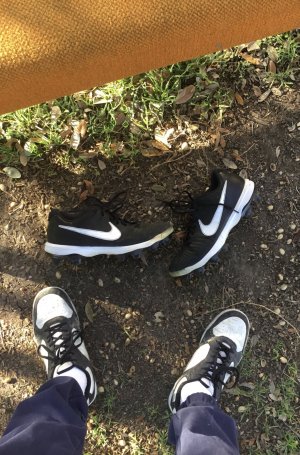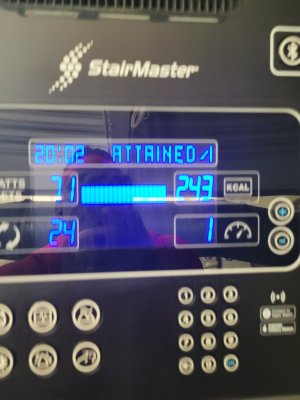- 20,169
- 4,154
- Joined
- Feb 22, 2007
Yeah I feel like theres a no real benefit to squatting like this


Vs something like this


Especially when are lifting heavy weight because the majority of the time to do heavy weight theres going to be some type of movement on the way up
When you go down lower its harder to control on the way up, which the doctor was warning against, he said he gets countless patients who tweak their knees on the movement up
Vs something like this
Especially when are lifting heavy weight because the majority of the time to do heavy weight theres going to be some type of movement on the way up
When you go down lower its harder to control on the way up, which the doctor was warning against, he said he gets countless patients who tweak their knees on the movement up
Last edited:



 and no tape (p=0.001) and a statistically significant reduction in pain during a squat compared to placebo tape (p=0.001) or no tape (p=0.001). Significant differences were not identified for maximum knee flexion in the patella taping compared to the no tape condition. This study may have significant clinical implications as participants reported less pain and alterations in sagittal plane movement following the application of patellar tape.
and no tape (p=0.001) and a statistically significant reduction in pain during a squat compared to placebo tape (p=0.001) or no tape (p=0.001). Significant differences were not identified for maximum knee flexion in the patella taping compared to the no tape condition. This study may have significant clinical implications as participants reported less pain and alterations in sagittal plane movement following the application of patellar tape.



